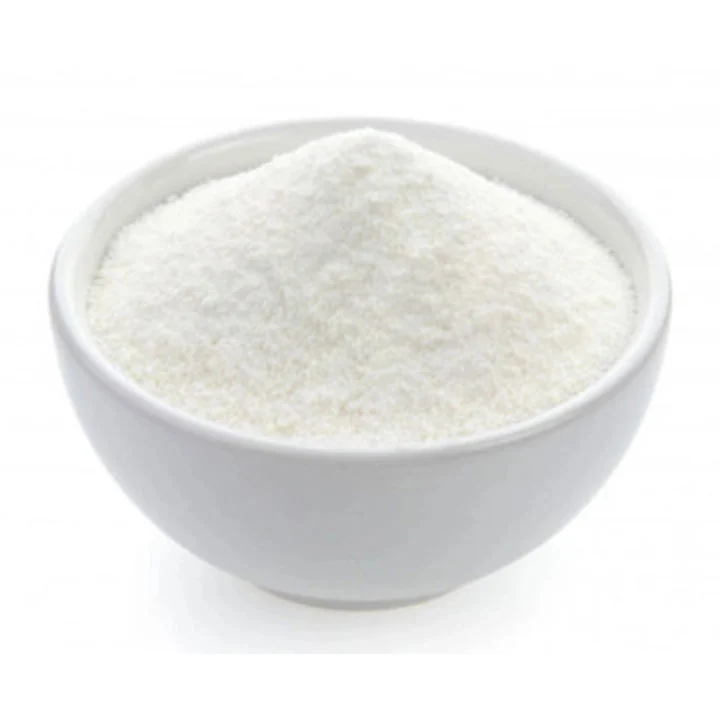 YuYi
YuYi
 Sep 11,2023
Sep 11,2023

The liquid phase precipitation method is often used to prepare rare earth oxides. The liquid phase precipitation method mainly includes the oxalate precipitation method, ammonium bicarbonate precipitation method, urea hydrolysis method, and ammonia precipitation method. In addition, the spray granulation method is also a preparation method that has attracted widespread attention.

The rare earth oxides prepared by the oxalate precipitation method have the advantages of a high degree of crystallization, good crystal form, fast filtration speed, low impurity content, and easy operation. It is a common method for preparing high-purity rare earth oxides in industrial production.
Ammonium bicarbonate is a cheap precipitant. In the past, people often used the ammonium bicarbonate precipitation method to prepare mixed rare earth carbonates from the leachate of rare earth ores. At present, the ammonium bicarbonate precipitation method is used in industry to prepare rare earth oxides. The ammonium bicarbonate precipitation method generally adds ammonium bicarbonate solid or solution to a rare earth chloride solution at a certain temperature and obtains its oxide through aging, washing, drying, and burning. However, due to the large amount of ammonium bicarbonate produced during the precipitation process, bubbles, and the pH value is not constant during the precipitation reaction. The fast or slow nucleation rate is not conducive to the growth of crystals. In order to obtain oxides with ideal particle size and morphology, reaction conditions must be strictly controlled.
The urea precipitation method is also very commonly used in the preparation of rare earth oxides. It is not only cheap and simple to operate, but also has the potential to achieve precise control of the precursor reaction nucleation and particle growth. As a result, the urea precipitation method is becoming more and more popular. has attracted widespread attention and research from many scholars.
Spray granulation technology has become a commonly used powder granulation method because of its advantages such as high automation, high production efficiency, and high quality powder.
In recent years, the consumption of rare earths in traditional fields has basically remained unchanged, while its application in new materials fields has increased significantly. As a new type of material, nanometer Y2O3 has a broader application field. Nowadays, there are many methods for preparing nano-Y2O3 materials, which are mainly divided into three categories: liquid phase method, gas phase method, and solid phase method. Among them, the liquid phase method for preparing Y2O3 is the most widely used, which is also divided into spray pyrolysis, hydrothermal method Synthesis, microemulsion, sol-gel, combustion synthesis, and precipitation, etc. After spheroidization, nanometer yttrium oxide will have a higher specific surface area, surface energy, better fluidity, and dispersion, and is worthy of focused research.
